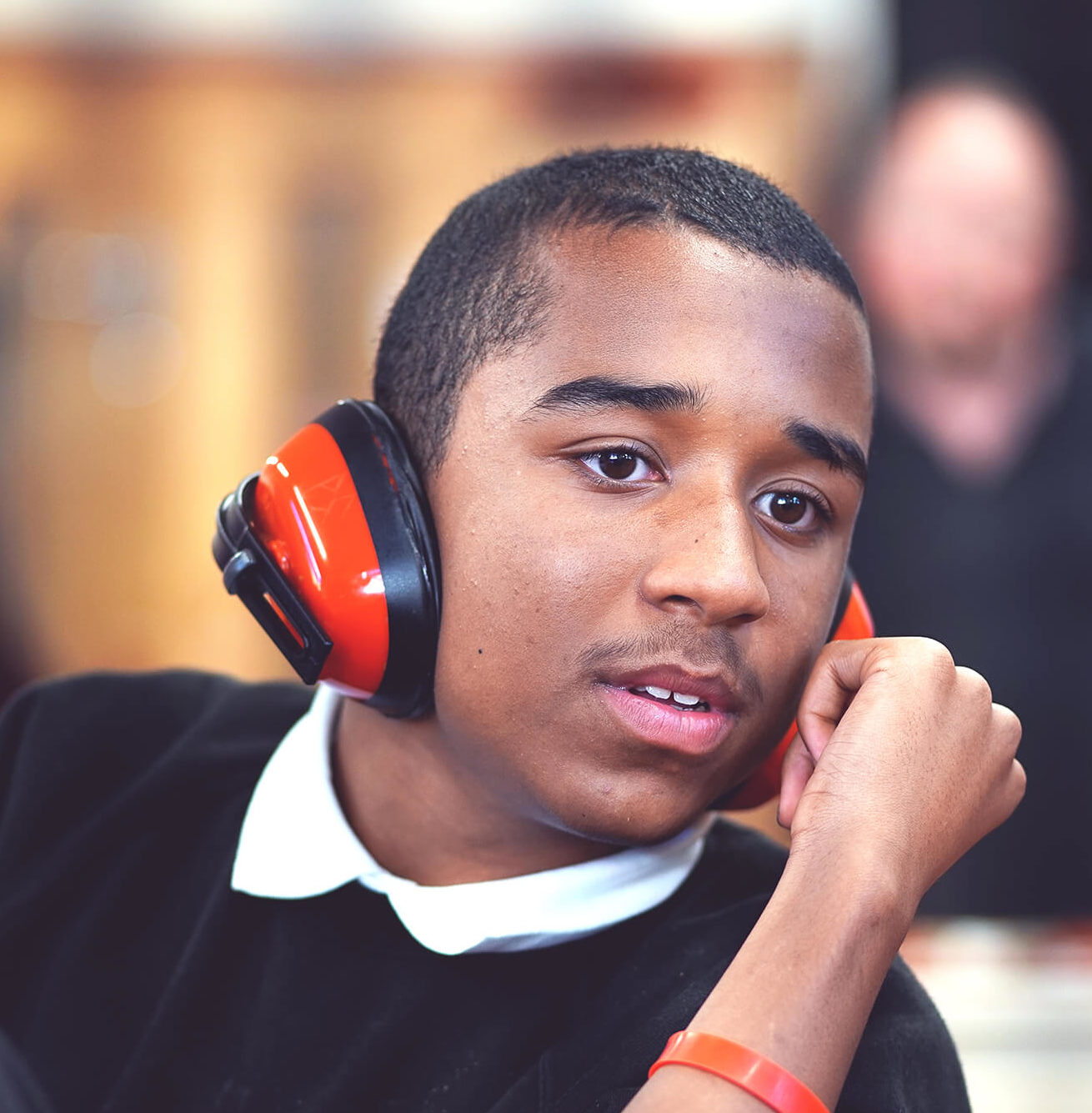We’ve all had those children in our class who stand out as not being able to conform to the same rules as the majority of the children: those that just can’t stay in their seats; those that have to come and talk to you at the start of every day; those that call out irrespective of how many times you ask for ‘hands up’; those that just do not cope with group work.
As educators we have two choices. We can try to make them conform, cram them into that small box labelled ‘Acceptable Classroom Behaviour’ and in doing so make their, our and the rest of the class’s lives miserable and stressful. Or we can ditch the ‘Acceptable Classroom Behaviour Box’ and consider what that child needs and adapt our responses accordingly.
By really considering the needs of the child, trying to view the world from their perspective and asking yourself what YOU can do to make their life easier will make a massive difference to your stress levels and the wellbeing of your neurodiverse pupils. Better still, ask the child what you can do to help make it easier for them to succeed in your class. I will never forget the look of astonishment on one child’s face when I told him that his behaviour could not continue and we needed to come up with ways to help him cope in the classroom. Did his behaviour miraculously transform overnight? Of course not! But we did find ourselves in a situation where there was two of us working together to help him succeed. Our neurodivergent pupils need to know that someone is rooting for them and really wants them to succeed – and if you can achieve that, you have won half of the battle.
What is neurodiversity?
Neurodiversity is an acknowledgement that our brains do not all work in the same way: they are different and this should be recognised, respected and celebrated as we do with any other human variation. The term was originally adopted by the autistic community in the late 1990s but has grown to encompass all forms of neurodiversity including ADHD, Tourette syndrome and dyslexia. Neurodiversity is best explained through metaphors, and I typically use a picture of two beautiful lilies – one a single petal Calla Lily and the other a standard six-petal lily. We would never consider the Calla Lily to have a petal deficit, we accept that it is different and see the beauty in the flower. If we start to view the lack of petals as a deficit, we would lose the beauty.
Neurodiversity in Schools
Sadly, our education system works on a medical model where difference is viewed as a deficit and something that needs to be ‘mended’ – We have to get all students into those boxes. Even sadder is the fact that families often must engage with this deficit model to get access to the support that their children need to thrive. Let’s think that through logically; the onus to change is placed squarely on the child that has the least ability to adapt.
The upward trend of SEND funding is unsustainable, and that changes to SEND funding are imminent. We are going to have increasing numbers of neurodiverse children entering our schools and we have two choices, we can keep cramming them into that small box or get rid of the box and start asking, What can I do? How do I ensure my school meets their needs?
How to promote neurodiversity in schools
Here are a few steps that you can take to promoting neurodiversity at your school:
- Consider your school’s ethos, is the school’s philosophy truly inclusive? What can be done to bring neurodiversity to the forefront of your school’s priorities.
- Work with the child to overcome their challenges. Identify and create strategies with them.
- Create meaningful professional development for staff. Consider action research projects for staff that focus on a neurodiverse student they teach.
- Consider your classroom set up and seating arrangements. Try flexible seating for students who struggle to remain in their seats.
- Create a neurodiversity friendly school, have students create assemblies on neurodiversity and have school displays on neurodiversity. Celebrate neurodiversity and neurodiverse students.
Jackie Pearson,
SENDCO at Manor Junior School
References
- Smagorinsky, Peter (2020) “Neurodiversity and the Deep Structure of Schools,” Ought: The Journal of Autistic Culture: Vol. 2 : Iss. 1 , Article 4. Available at: https://scholarworks.gvsu.edu/ought/vol2/iss1/4
- Sobel, D and Alston, S (2021) ‘The Inclusive Classroom’. London Bloomsbury Press.
- Talbot, J. (2010), “Prisoners’ voices: experiences of the criminal justice system by prisoners with learning disabilities”, Tizard Learning Disability Review, Vol. 15 No. 3, pp. 33-41. https://doi.org/10.5042/tldr.2010.0403
